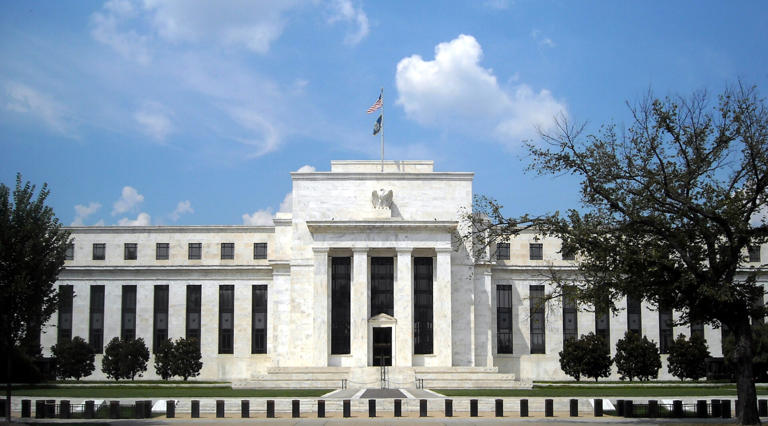Since the Federal Reserve signaled that it might be finished with its series of interest rate hikes, market participants have been closely watching for any indications of when the Fed might begin to cut rates. This anticipation is crucial for borrowers who are hoping for relief from the elevated borrowing costs that have prevailed in recent years. Federal Reserve Chair Jerome Powell and his colleagues have underscored that any decision to lower rates will depend on clear, sustained evidence that inflation is on track to meet their 2% target.
Recent economic data has been somewhat promising. Inflation indicators have shown signs of improvement, and the job market appears to be cooling down. These developments suggest that the economy might be approaching the conditions necessary for the Fed to consider rate cuts. However, Powell and his team have made it clear that they are not ready to act hastily. They need to see more consistent, positive data before deciding to lower rates.
Earlier this year, the Fed was caught off guard by a sudden spike in inflation, which led them to reassess their plans. This unexpected inflationary pressure, though now seen as a temporary spike rather than a sustained trend, heightened the Fed’s caution. As a result, they have opted to wait before making any rate cuts to ensure that the inflation trend is genuinely downward and not just a short-term fluctuation.
By September, the Fed will have access to two additional sets of inflation and employment reports. This additional time is meant to provide a more comprehensive view of economic conditions and help persuade any officials who remain uncertain about the appropriateness of cutting rates. The decision to hold off on a rate cut in July was strategic, allowing the Fed to collect more data and evaluate whether economic trends align with their goals.
Market expectations are particularly focused on the September Federal Reserve meeting, as it will be the last opportunity for the Fed to make a move before the presidential election in November. Traders are anticipating that this meeting could mark the beginning of rate cuts, with expectations for at least two quarter-point reductions in 2024. However, predicting the exact timing and scale of these cuts remains speculative, and the Fed’s decision will likely be influenced by the data available at that time.
Federal Reserve officials like John Williams of the New York Fed and Christopher Waller have suggested that the Fed may soon be in a position to consider rate cuts. Recent data indicates that job market conditions have softened, with a slowdown in hiring and an increase in unemployment benefit claims. Additionally, wage growth has slowed, which suggests that inflationary pressures might be easing.
Despite these signs of improvement, the Fed remains cautious. There are concerns that inflation could remain above the target, and there is also worry about further deterioration in the job market. The Fed aims to bring inflation back to its 2% target without causing significant job losses. This balancing act reflects the Fed’s broader goal of managing inflation while supporting economic growth.
The political landscape has also added an additional layer of uncertainty. With President Joe Biden stepping down from the race and endorsing Vice President Kamala Harris as the Democratic nominee, traders are contemplating how this political shift might affect economic conditions and the Fed’s decisions. The evolving political scenario introduces further unpredictability into market forecasts and monetary policy considerations.
Recent trends in bond yields have been notable, with yields rising and setting the stage for a series of auctions and economic reports. The potential for a more competitive presidential election, given Biden’s withdrawal, is contributing to market uncertainty. As traders and economists navigate these complex dynamics, the Fed’s cautious approach reflects the delicate balance it must maintain between managing inflation and supporting economic growth. This period of uncertainty underscores the challenges faced by the Fed as it seeks to navigate a rapidly changing economic and political environment.
